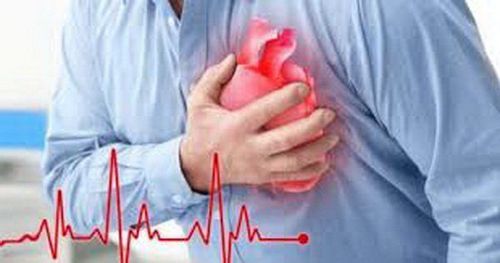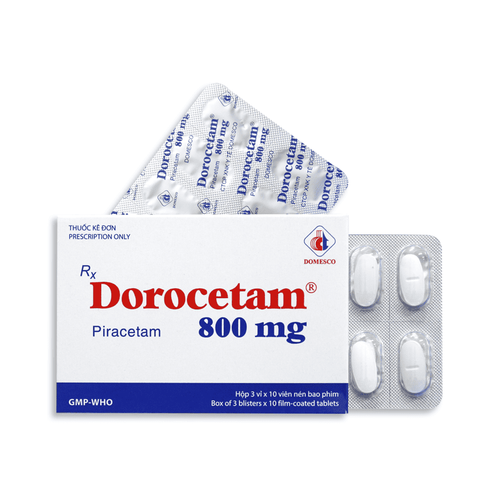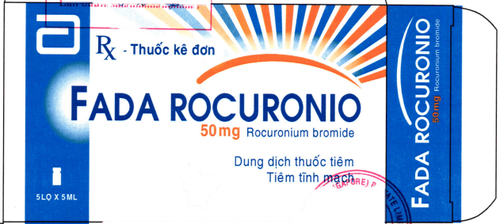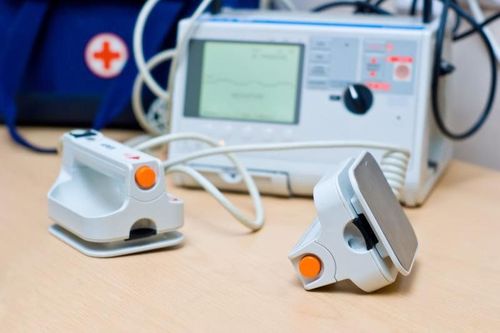This is an automatically translated article.
The article was professionally consulted with Master - Doctor Huynh An Thien - Department of Medical Examination and Internal Medicine, Vinmec Da Nang International General Hospital.Coma is one of the most common clinical situations and presents a great challenge to the doctor's ability to diagnose and manage. The causes of coma are diverse, the degree of coma and the clinical signs are also very different. It is always important that the doctor's judgment and timely interventions improve the prognosis in the future.
1. What is a coma?
The normal human state of consciousness has two components that work together, the cognitive ability and the awakened state. Perception is the ability of a person to fully and meaningfully perceive himself and his surroundings. This superior neural activity is due to the integration and processing of all sensory and sensory afferent stimuli, processed in the cerebral cortex.In contrast, reawakening is the primary neural response, which is the activity of reticular neural structures in the brain stem, where most of the nerve fiber bundles and nuclei are assembled.
When there is damage to the above two parts, people will fall into a state of cognitive decline. When the level of cognitive decline becomes severe, this is called the coma stage. Regardless of the cause, coma is always considered an emergency, requiring urgent treatment, especially in cases of acute coma.
At the same time, a thorough examination and a thorough examination are essential for the diagnosis. General or problem-oriented tests are also useful for etiology, progression, and prognosis in comatose patients.
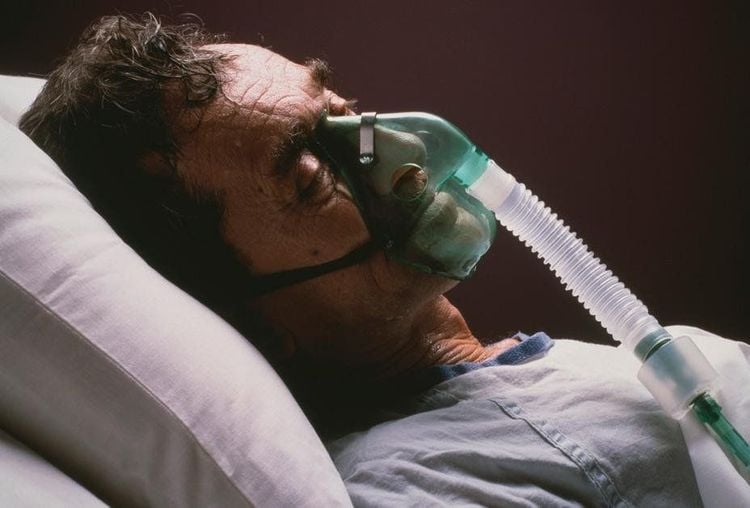
2. How is the degree of coma classified?
In fact, there are many different methods to assess the degree of coma, from the qualitative classification to the application of cognitive rating scales in different situations.How to classify the degree of coma qualitatively:
Somnolence: shaking calls for stimulation, the patient opens his eyes, answers correctly. However, when stopped, to be quiet, the patient quickly fell asleep. Drowsiness: The patient is unresponsive to usual verbal or palpable stimuli, only responding to painful stimuli, which can sometimes be imprecise. Coma: The patient is completely unresponsive to all stimuli from the surrounding. Vegetative state: The patient is completely unaware of the surrounding stimuli. How to classify the degree of coma into three stages:
Coma stage I: The patient is still capable of verbal or vocal responses that may be meaningless when impacted by auditory or auditory stimuli cause mild pain. Stage II coma: The patient is no longer able to respond by vocalization but still has precise movements in response to painful stimuli. Stage III coma: The patient is completely unable to respond to painful stimuli or still has movements that respond to painful but inaccurate stimuli.

The above classifications of coma have the disadvantage that they depend on the subjective feelings of the examiner, and are unable to accurately describe the patient's comatose states. Therefore, the Glasgow scale to assess coma was born, allowing detailed assessment of eye, speech and motor aspects.
General results of the Glasgow coma scale to help classify the degree in coma due to brain injury, the lower the score, the more severe the prognosis:
Severity: from 3 to 8; Medium level: from 9 to 12; Mild: from 13 to 15. In addition, there are a number of other scales that also help classify the degree of coma in specific aspects such as the coma scale for children, the Liege scale with additional points for reactions. Brainstem irradiation, the scale of coma rating according to the structural layer of the central nervous system...
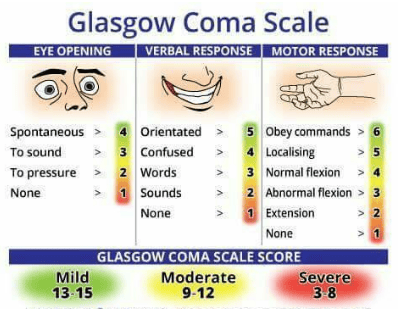
3. What causes coma?
Coma is not really a disease but a manifestation of severe disturbance of consciousness, the result of many conditions with different causes. Accordingly, the specific causes of coma are detailed below:Cerebrovascular disease: This is one of the most common causes of coma with the diagnosis of severe cerebral hemorrhage, large-scale cerebral infarction due to large vessel occlusion, acute encephalopathy due to high blood pressure... Trauma: The patient may fall into a coma after traumatic brain injury. Although patients are able to regain consciousness afterward, some remain confused and lose their memory. In cases of traumatic brain injury causing subdural bleeding, the state of consciousness disorder appears slowly but gradually worsens and may fall into an irreversible coma. Meningitis: Due to damage to the meninges, the patient may be in a coma or just lose consciousness. At the same time, the patient also showed signs of meningeal irritation such as headache, convulsions. Encephalitis: Impaired consciousness from levels of somnolence, confusion, somnolence, and coma is the progressive progression of lesions in encephalitis. Brain tumor and brain abscess: The likelihood of coma in this setting depends on the location of the lesion. However, patients often experience signs of intracranial irritation such as headache, vomiting, and focal neurologic signs. Causes of metabolism, poisoning: acute complications of hyperglycemia or hypoglycemia, hepatic coma, uremia, overdose of sedatives, alcohol poisoning, toxic drug poisoning...
4. What are the differential diagnoses of coma?
In fact, there are a number of conditions that can be confused with coma, including:Unresponsive states of psychological origin: These patients, at first glance, look very much like coma, with complete immobility as well. as unresponsive to calling or pain stimuli from the surroundings. However, neurologic examination revealed objective manifestations and signs, such as reflexes, to be normal. Besides, the EEG also shows that the brain waves have a normal activity picture. Locked in syndrome: The patient is still completely aware of everything around him, but is unable to respond with speech or movement due to damage to the cortical and bulbar pathways in the pons. However, the patient is still able to partially communicate by blinking or eyeball movements. Prolonged vegetative state: The patient completely loses consciousness of everything around, but still has natural instincts such as opening and closing eyes, natural breathing, and sleep-wake cycles. This is an extremely difficult and delicate situation for the doctor and the patient's family. Brain death: The entire central nervous system has been damaged but vital activities such as cardiopulmonary bypass are still maintained by the artificial system. Electroencephalogram shows the electric wave image as isoelectric.
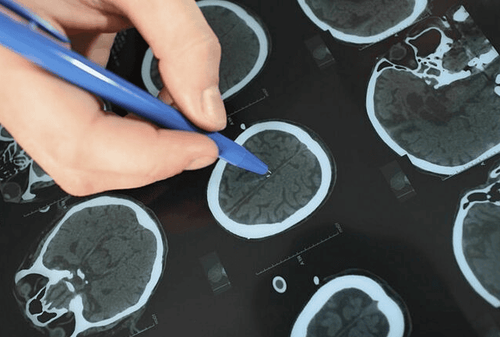
5. What is the prognosis of coma?
Metabolic coma, poisoning... if detected early and treated properly, the prognosis is always better than the case of coma due to lack of oxygen, physical brain damage. However, if a patient with a diagnosis of cerebrovascular disease presents with a coma, this is a sign of poor prognosis, possibly almost complete death.In short, coma is one of the emergency situations, the patient's life at this time is very dependent on the medical skills, experience and sensitivity of the doctor. In particular, it is necessary to correctly identify coma and possible causes, appropriate treatment to help improve the patient's outcome.
When the patient shows signs of coma, family members should immediately take them to a reputable medical facility for timely emergency treatment. Vinmec International General Hospital is a high quality medical facility in Vietnam, the doctors and nurses are all professionally trained, domestic & international, experienced and dedicated to patients. The system of modern and modern facilities and medical equipment is imported from the US, on par with major hospitals in the world.
Please dial HOTLINE for more information or register for an appointment HERE. Download MyVinmec app to make appointments faster and to manage your bookings easily.





